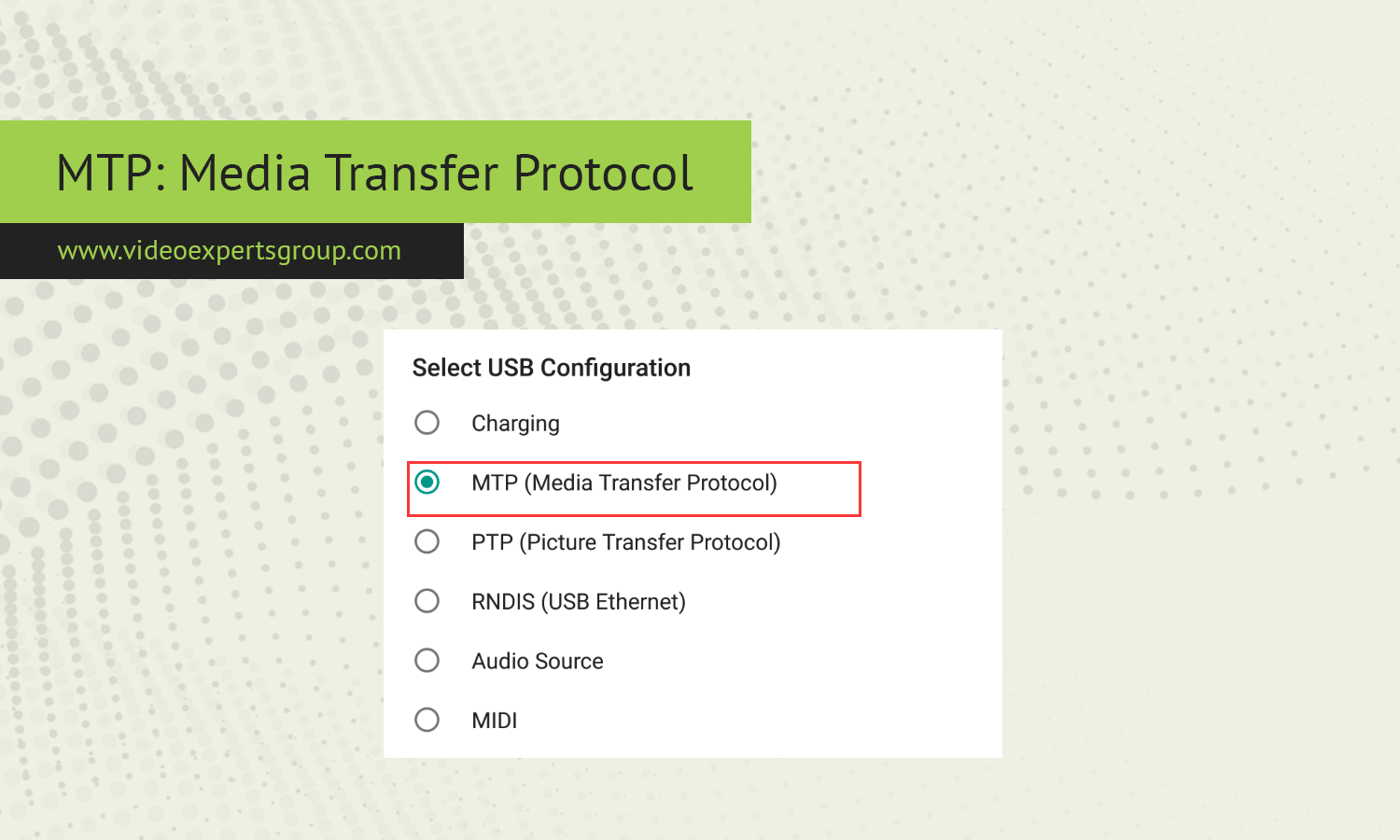In the digital age, transferring media files between devices is a common task. Whether it’s moving photos from your smartphone to your computer or syncing music between your tablet and your media library, the process needs to be efficient and reliable. The Media Transfer Protocol (MTP) is one of the key technologies that facilitates this seamless exchange of media files across various devices.
Meaning
MTP, or Media Transfer Protocol, is a communication protocol designed by Microsoft to allow the transfer of media files between devices. It is primarily used in scenarios where a device, such as a smartphone, needs to exchange files like photos, music, and videos with a computer or other digital devices.
MTP operates by enabling a connected device (like a smartphone) to communicate with a host device (like a computer) and present its storage as accessible for file transfer. Unlike traditional file systems, MTP does not give direct access to the entire file system of the device. Instead, it provides a controlled environment where only certain files and folders can be accessed or modified. This helps prevent accidental data loss or corruption and ensures that the file system on the device remains stable.
Originally introduced with Windows Media Player, MTP has since been adopted by a variety of operating systems and devices, making it a standard for media file transfer across different platforms.
MTP Support
-
Windows: MTP was developed by Microsoft and is natively supported on Windows operating systems starting from Windows XP. When you connect an MTP-enabled device to a Windows PC, it is automatically recognized, and you can transfer files using Windows Explorer or media management applications.
-
Android: Most modern Android devices use MTP as the default protocol for transferring media files to and from a computer. When an Android device is connected to a PC, it typically offers options to connect via MTP or other protocols like PTP (Picture Transfer Protocol).
-
macOS: While macOS does not natively support MTP, third-party software like Android File Transfer can be used to enable file transfers between MTP devices and Mac computers.
-
Linux: MTP support is available on Linux through various software tools, such as
mtp-toolsandGVFS. Some Linux distributions may require additional setup or software to fully support MTP. -
Media Devices: Many media players, cameras, and other portable devices also support MTP. This allows users to easily transfer media content between these devices and their computers without needing to install additional drivers or software.
MTP Alternatives
-
USB Mass Storage (UMS): Before MTP, USB Mass Storage was the standard method for transferring files between devices and computers. UMS allows the device’s storage to appear as a regular disk drive on the computer, giving full access to the file system. While this offers more flexibility, it also comes with the risk of data corruption if the device is disconnected improperly.
-
PTP (Picture Transfer Protocol): PTP is a simpler protocol designed specifically for transferring photos. It is often used by digital cameras and some smartphones as an alternative to MTP. PTP focuses on image files and offers fewer features than MTP, making it less versatile.
-
AirDrop: On Apple devices, AirDrop is a popular alternative for transferring files wirelessly between devices. It uses Bluetooth and Wi-Fi to create a peer-to-peer connection, allowing for quick and easy file sharing without the need for cables or specific protocols like MTP.
-
Bluetooth: Bluetooth file transfer is another alternative, particularly for smaller files. While slower than MTP, it offers the convenience of wireless file transfers between devices, such as phones, tablets, and computers.
-
Cloud Services: Services like Google Drive, Dropbox, and OneDrive provide a cloud-based alternative to MTP. Files can be uploaded to the cloud from one device and then downloaded to another, bypassing the need for direct device-to-device transfers.
MTP is a widely supported and efficient protocol for transferring media files between devices. While it offers a controlled environment for file transfers, it may not be the best choice for every situation, and alternatives like USB Mass Storage, PTP, and wireless methods like AirDrop or Bluetooth may be more suitable depending on the user's needs.
















